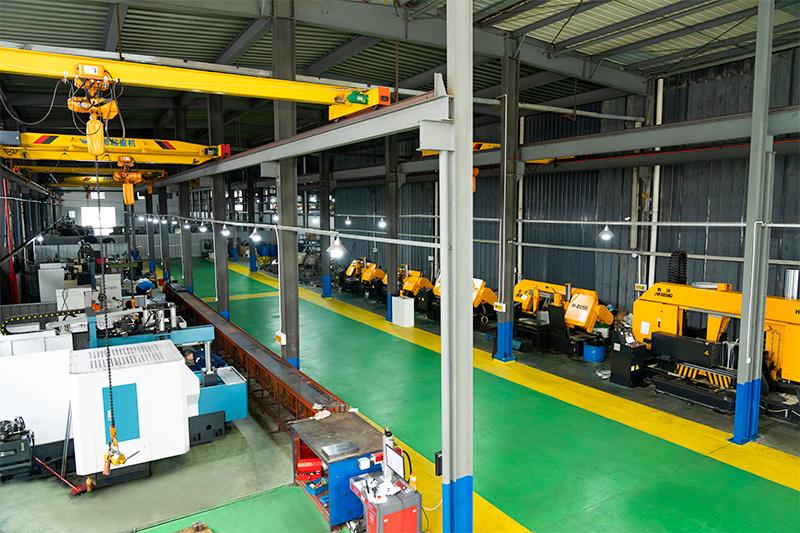Choosing Between H13 and S136 for Superior Spoon Production

Among the commonly used materials are H13 and S136 steels, each with distinct properties that make them suitable for different applications, including the production of plastic spoon moulds.
H13 steel is a chromium-molybdenum hot work steel known for its exceptional toughness and wear resistance. It is particularly favored in high-temperature applications, making it ideal for molds that require durability under some conditions. The hardness of H13 can reach up to 52 HRC after proper heat treatment, which enhances its performance in demanding environments. This steel is widely used in the automotive and aerospace industries, where precision and reliability are paramount. Its ability to withstand thermal fatigue makes H13 a good choice for plastic spoon moulds that are subjected to high production rates and varying temperatures during the injection molding process.
On the other hand, S136 steel is a martensitic stainless steel that offers corrosion resistance and polishability. With a chromium content of approximately 13.5%, S136 is particularly suited for applications where hygiene and aesthetic appearance are critical, such as in the food and medical industries. This steel can achieve a mirror finish, making it ideal for plastic spoon moulds that require a high-quality surface finish. S136 typically reaches a hardness of 48-52 HRC after heat treatment, providing a good balance between toughness and wear resistance. Its resistance to rust and corrosion allows for prolonged use in humid environments, which is essential for molds used in food production.
When comparing the two, one of the primary advantages of H13 steel is its ability to handle high temperatures without losing its structural integrity. This makes it particularly effective for plastic spoon moulds that need to maintain precision during the injection process. However, H13 is less resistant to corrosion compared to S136, which can be a significant drawback in applications where moisture is prevalent.
- Business
- Research
- Energy
- Art
- Causes
- Tech
- Crafts
- crypto
- Dance
- Drinks
- Film
- Fitness
- Food
- Games
- Gardening
- Health
- Home
- Literature
- Music
- Networking
- Other
- Party
- Religion
- Shopping
- Sports
- Theater
- Wellness


